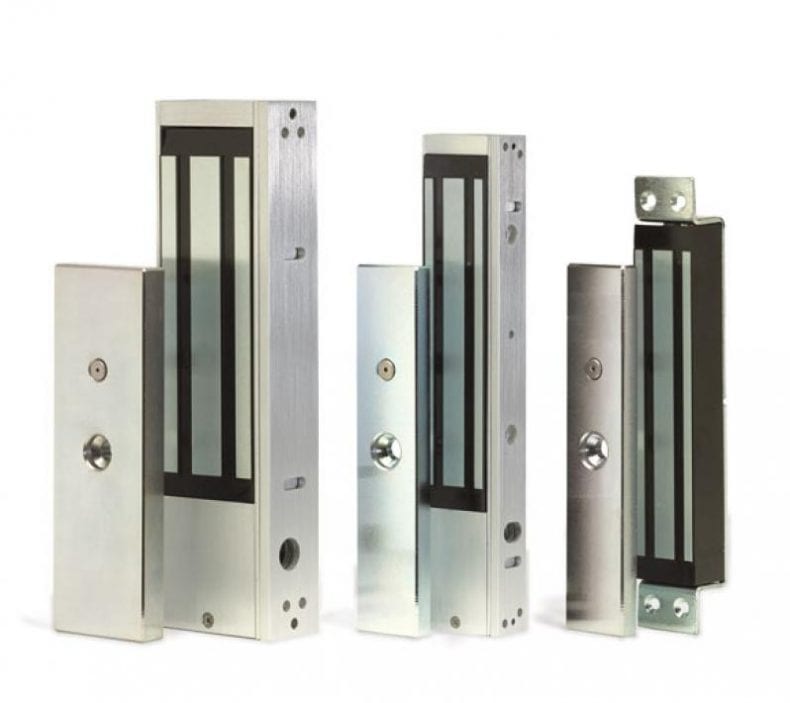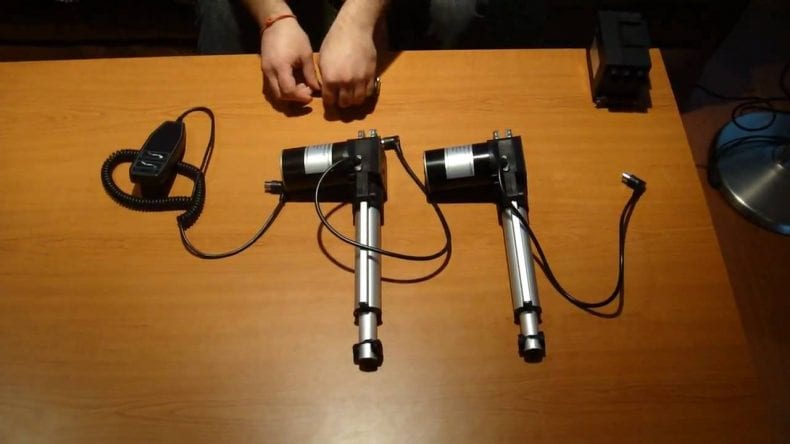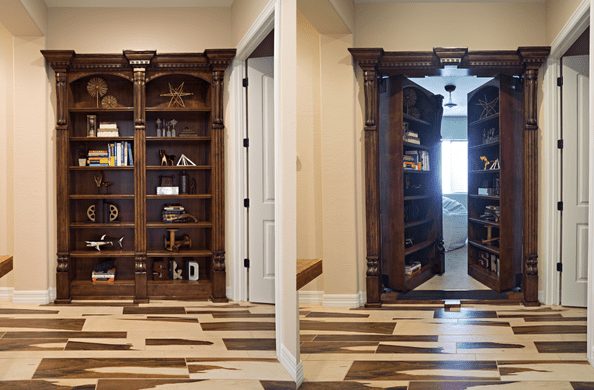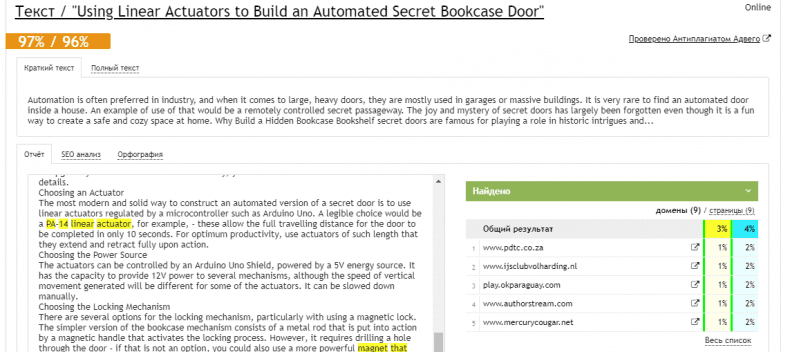Automation is often preferred in industry, and when it comes to large, heavy doors, they are mostly used in garages or massive buildings. It is very rare to find an automated door inside a house.
An example of use of that would be a remotely controlled secret passageway. The joy and mystery of secret doors has largely been forgotten even though it is a fun way to create a safe and cozy space at home.
Why Build a Hidden Bookcase
Bookshelf secret doors are famous for playing a role in historic intrigues and dramas. Nowadays, there are many rationales for constructing an entry like that:
- For kids’ entertainment;
- To create a private space in a busy house;
- To have a safe room in case of an emergency;
- For storage.
Automation will be a move of choice if you want to make sure the door is always closed and only select few know the way to access it – it is a more reliable and secure way to achieve the goal.
How to Build a Secret Bookcase Door
To construct a regular secret door, follow a simple sequence of steps:
- Demolish the existing door and put up a new one;
- Build a bookshelf and attach it to the door;
- Put a magnetic lock and establish a secret book that will unlock it.
To upgrade your door to automated machinery, you need to consider a few more technical details.
Choosing an Actuator
The most modern and solid way to construct an automated version of a secret door is to use linear actuators regulated by a microcontroller such as Arduino Uno. A legible choice would be a PA-14 linear actuator, for example, – these allow the full travelling distance for the door to be completed in only 10 seconds. For optimum productivity, use actuators of such length that they extend and retract fully upon action.
Choosing the Power Source
The actuators can be controlled by an Arduino Uno Shield, powered by a 5V energy source. It has the capacity to provide 12V power to several mechanisms, although the speed of vertical movement generated will be different for some of the actuators. It can be slowed down manually.
Choosing the Locking Mechanism
There are several options for the locking mechanism, particularly with using a magnetic lock. The simpler version of the bookcase mechanism consists of a metal rod that is put into action by a magnetic handle that activates the locking process.

However, it requires drilling a hole through the door – if that is not an option, you could also use a more powerful magnet that will activate a reed switch to trigger the opening process.
Taking Care of Emergency Mechanisms
It is important to not forget to take into account the situations when your Arduino microcontroller, or any other piece of apparatus, fails. Make sure to incorporate a feature that will allow forced door opening in case of fire or Arduino breakdown.
Conclusion
Hidden bookcase doors are great for many purposes: entertainment, personal space, and even safety. Automation is a good move to help increase the security and reliability of your secret door.
To create a passageway like that yourself, build a bookshelf on top of a door and install a locking mechanism – the simpler version would be magnetic. We recommend using PA-14 linear actuator to maintain the door’s movement.

It can be remotely controlled by Arduino Uno powered by a 5V energy source. Finally, remember to keep an eye on safety and take care of emergency mechanisms to avoid trauma and other risks.











